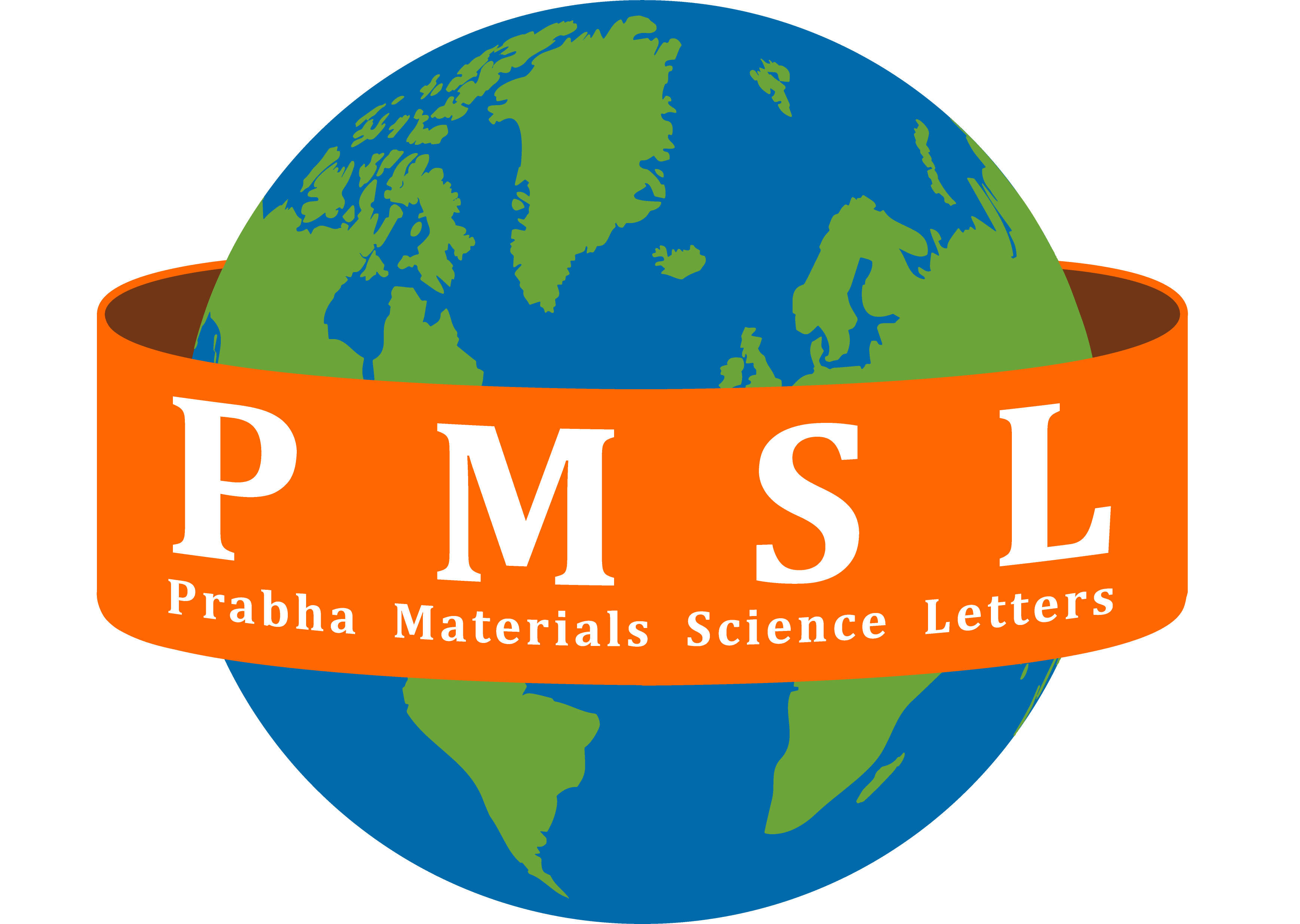Prabhakar Sharma
Department of Physics, Faculty of Engineering and Computing Sciences, Teerthanker Mahaveer University, Moradabad, 244001, Uttar Pradesh, India.
D. Banerjee
Department of Physics, Faculty of Engineering and Computing Sciences, Teerthanker Mahaveer University, Moradabad, 244001, Uttar Pradesh, India.
DOI https://doi.org/10.33889/PMSL.2025.4.2.012
Abstract
Biopolymer electrolytes have emerged as a promising alternative to conventional synthetic materials for the development of electrolyte in electrochemical devices. These materials, derived from natural polymers, offer several advantages over synthetic polymer including biodegradability, environmental sustainability, and the potential for cost-effective production. This review provides a comprehensive overview of the current advancements in biopolymer electrolytes, focusing on their application in electrolyte thin films. The discussion encompasses various types of biopolymers, such as cellulose, chitosan, starch, pectin and their composites, which have been explored for their ionic conductivity, mechanical stability, and electrochemical performance. Key factors influencing the performance of biopolymer electrolytes, including polymer modification, ion transport mechanisms, and the incorporation of plasticizers and fillers, are critically analyzed. The review also highlights the challenges associated with the integration of biopolymer electrolytes in electrochemical devices, such as batteries, supercapacitors, and fuel cells, and explores potential strategies for overcoming these obstacles. Finally, the future outlook for biopolymer electrolyte-based thin films is discussed, emphasizing the need for further research to optimize their properties and expand their applications in next-generation energy storage and conversion systems.
Keywords- Biopolymers, Supercapacitors, Fuel cells, Solid polymer electrolytes (SPEs).
Citation
Sharma, P., & Banerjee, D. (2025). Biopolymers as Solid Polymer Electrolytes: Advances, Challenges, and Future Prospects. Prabha Materials Science Letters, 4(2), 128-147. https://doi.org/10.33889/PMSL.2025.4.2.012.



